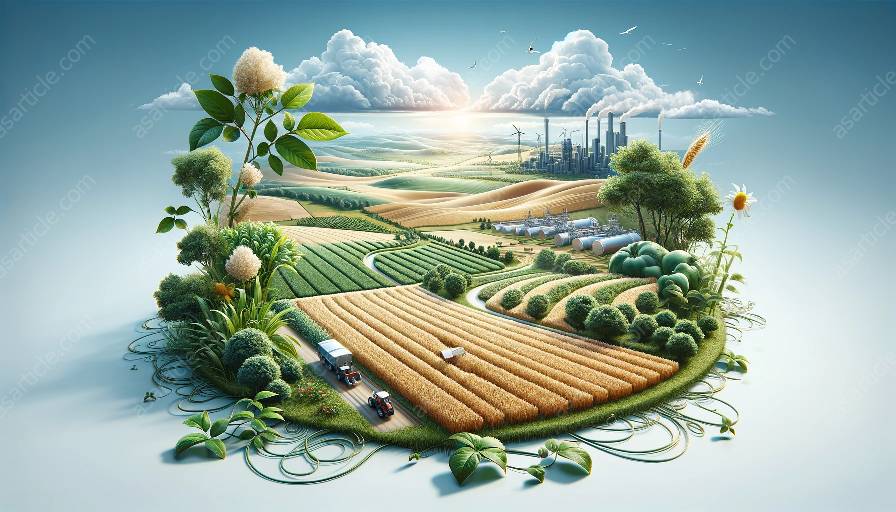Agricultural sciences and farm management encompass a wide range of techniques and strategies, including grazing system management, to optimize production systems. In this article, we explore the innovative approaches to grazing system management that align with sustainable practices and ensure the well-being of livestock and the environment.
Understanding Grazing Systems
Grazing systems refer to the methods and strategies used to manage the movement and utilization of livestock on pastures and rangelands. Effective grazing system management involves careful planning, monitoring, and adaptation to ensure optimal utilization of forage resources while maintaining the health and productivity of the grazing land.
The Role of Grazing System Management in Farm Management
Grazing system management plays a crucial role in farm management and production systems, as it directly impacts the efficiency and sustainability of livestock operations. By implementing effective grazing system management practices, farmers can improve forage utilization, mitigate environmental impact, and enhance overall productivity.
Key Components of Grazing System Management
Several key components form the foundation of effective grazing system management:
- Forage Allocation: Proper allocation and rotation of grazing areas to ensure optimal forage utilization and regeneration.
- Monitoring and Assessment: Regular assessment of forage availability, livestock performance, and environmental impact to make informed management decisions.
- Infrastructure and Fencing: Strategic placement of infrastructure and fencing to control and direct livestock movement, minimizing overgrazing and soil compaction.
- Seasonal Planning: Tailoring grazing strategies to align with seasonal forage growth patterns and nutritional requirements of the livestock.
Innovative Approaches to Grazing System Management
Advancements in agricultural sciences have led to the development of innovative approaches to grazing system management that prioritize sustainability and efficiency:
- Rotational Grazing: This approach involves dividing pastures into smaller paddocks and rotating livestock through them, allowing forage to regenerate while optimizing herd management.
- Mob Grazing: Also known as high-density grazing, this method concentrates livestock in small areas for short periods, promoting soil health, forage diversity, and carbon sequestration.
- Managed Intensive Grazing (MiG): MiG involves precise control of grazing periods and rest periods, maximizing forage utilization and soil health.
- Forage Crop Integration: Integrating perennial forage crops with grazing systems to extend the grazing season and enhance nutrition for livestock.
Sustainable Grazing System Management Practices
The adoption of sustainable grazing system management practices is essential to ensure the long-term viability of livestock operations and the preservation of grazing lands:
- Soil Health Improvement: Implementing grazing practices that promote soil health, such as minimizing compaction and enhancing organic matter content.
- Biodiversity Conservation: Designing grazing systems to support diverse plant species and wildlife, contributing to ecosystem resilience.
- Water Resource Protection: Managing livestock movement to minimize waterway erosion and contamination, preserving water resources on the farm.
- Carbon Sequestration: Utilizing grazing practices that promote carbon sequestration in soils and vegetation, contributing to climate change mitigation.
Adapting Grazing System Management to Changing Conditions
Climate variability, market fluctuations, and evolving consumer preferences necessitate the ability to adapt grazing system management practices:
- Resilient Grazing Plans: Developing flexible grazing plans that can accommodate changes in weather patterns, forage availability, and economic factors.
- Technology Integration: Leveraging technological advancements, such as GPS tracking and real-time monitoring, to optimize grazing system management.
- Collaborative Decision-Making: Engaging with agricultural experts, extension services, and fellow farmers to exchange knowledge and best practices for grazing management.
Conclusion
Grazing system management is a fundamental aspect of farm management and agricultural sciences, influencing the productivity, sustainability, and environmental impact of livestock operations. By embracing sustainable grazing system management practices and staying abreast of innovative approaches, farmers can optimize forage utilization, support environmental resilience, and ensure the well-being of their livestock.

